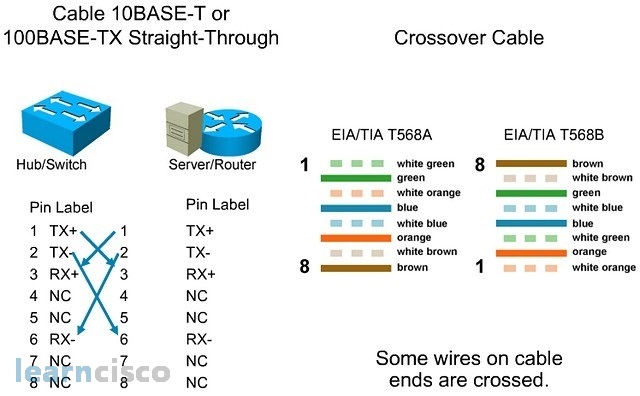
Figure B-7 shows the straight-through cable schematics. When connecting the ports to 1000BASE-T devices, such as servers, workstations, and routers, you must use a four twisted-pair, Category 5, straight-through cable wired for 10BASE-T, 100BASE-TX, and 1000BASE-T. You must use Category 5 cabling when connecting to 100BASE-TX-compatible devices. You can use Category 3, 4, or 5 cabling when connecting to 10BASE-T-compatible devices. Figure B-8 shows the four twisted-pair, crossover cable schematics. Figure B-6 shows the two twisted-pair, crossover cable schematics. When connecting the ports to 10BASE-T- and 100BASE-TX-compatible devices, such as switches or repeaters, you can use a two or four twisted-pair, crossover cable. Figure B-7 shows the four twisted-pair, straight-through cable schematics. Figure B-5 shows the two twisted-pair, straight-through cable schematics. When connecting the ports to 10BASE-T- and 100BASE-TX-compatible devices, such as servers, workstations, and routers, you can use a two or four twisted-pair, straight-through cable wired for 10BASE-T and 100BASE-TX. For configuration information for this feature, see the switch software configuration guide or the switch command reference.Ĭonnecting to 10BASE-T- and 100BASE-TX-Compatible Devices Note The auto-MDIX feature is enabled by default.

The 10/100/1000 Ethernet ports on the Catalyst 2960 switch use standard RJ-45 connectors. These sections describe the connectors used with the Catalyst 2960 switch: This appendix describes the Catalyst 2960 switch ports and the cables and adapters that you use to connect the switch to other devices and includes these sections:


 0 kommentar(er)
0 kommentar(er)
